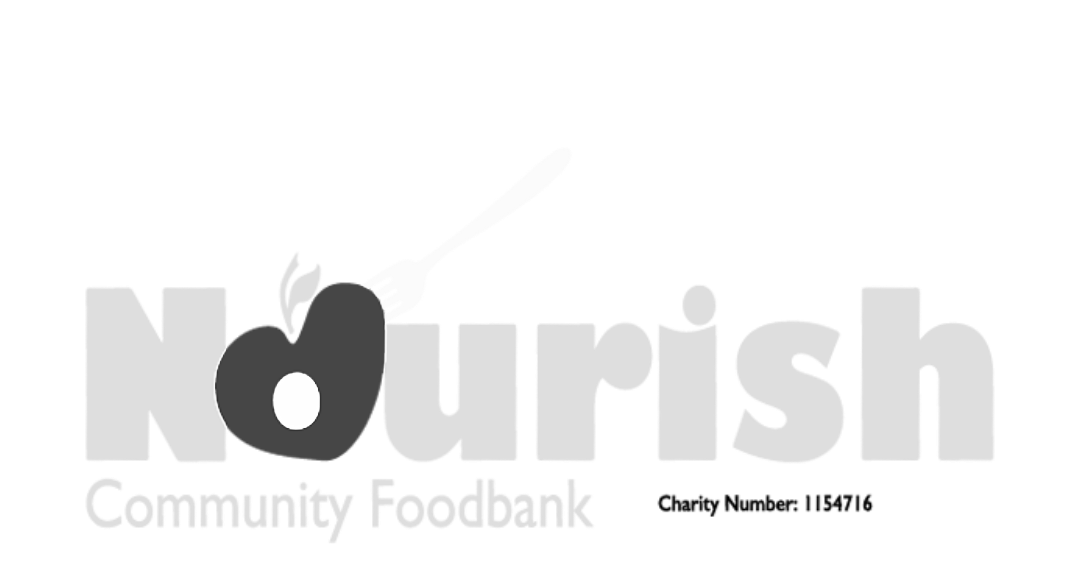COVID-19 Updates
With the easing of lockdown comes a number of changes to the Governments economic initiatives to help businesses whose trading has been disrupted by Covid-19.
Please find below updates to the funding and assistance that has been available:
From 1st August the Job Retention Scheme will change as outlined in the table below and the scheme will be closed on the 31st October 2020. The last day claims for June need to be made by the 31st July 2020.
| July | August | September | October | |
|---|---|---|---|---|
| Government contribution: employer NICs and pension contributions | Yes | No | No | No |
| Government contribution: wages | 80% up to £2,500 | 80% up to £2,500 | 70% up to £2,187.50 | 60% up to £1,875 |
| Employer contribution: employer NICs and pension contributions | No | Yes | Yes | Yes |
| Employer contribution: wages | – | – | 10% up to £312.50 | 20% up to £625 |
| Employee receives | 80% up to £2,500 per month | 80% up to £2,500 per month | 80% up to £2,500 per month | 80% up to £2,500 per month |
The VAT payments deferral scheme ended on 30th June 2020 and there has been no extension to this. As payments for returns to the 31st May 2020 are due on the 7th July 2020 these will need to be paid! However, any businesses that will struggle to make this payment can still apply to HMRC under the existing Time To Pay scheme where repayments can be arranged over a specific time period.
Currently, the Bounce Back Loan scheme is open until the 4th November 2020. Loans are reasonably easy to apply for and there has been a high award success. The repayment terms are favourable as the Government will cover the interest payable for the first 12 months but then the borrower will have to make full repayment of both loan and interest up to the end of a possible 6 year term. The Government has set the interest rate t 2.5% and no lender fees can be charged. An injection of capital now would help any business coming out of lock down and investment at this time could reap rewards going forward.
From 27th June 2020 further companies will be get an extension to their accounts filing deadline at Companies House. Also, the usual 14 day deadline for filing the Confirmation Statement has been extended to 42 days.
The Chancellor has announced a second and final grant to the self-employed who were eligible under Self-employment Income Support Scheme (SEISS) the first time around; unfortunately the scheme has not been expanded to include those who did not qualify. The grant will be 70% rather than 80% of the average earnings. Applications will open in August and you will have to confirm that your income has been adversely affected by Covid-19.
And while on self-employment, please remember that payments on account due on 31st July 2020 can be deferred but will be due by the 31st January 2021. They can be paid at any time so you don’t have to wait until next January to make the payment.
All the above are from taken from the current guidance issued and could be subject to change. We will of course be monitoring the guidance so do look out for further updates on our website.
If you would like to discuss, or need help, with any of the above please do contact us.









